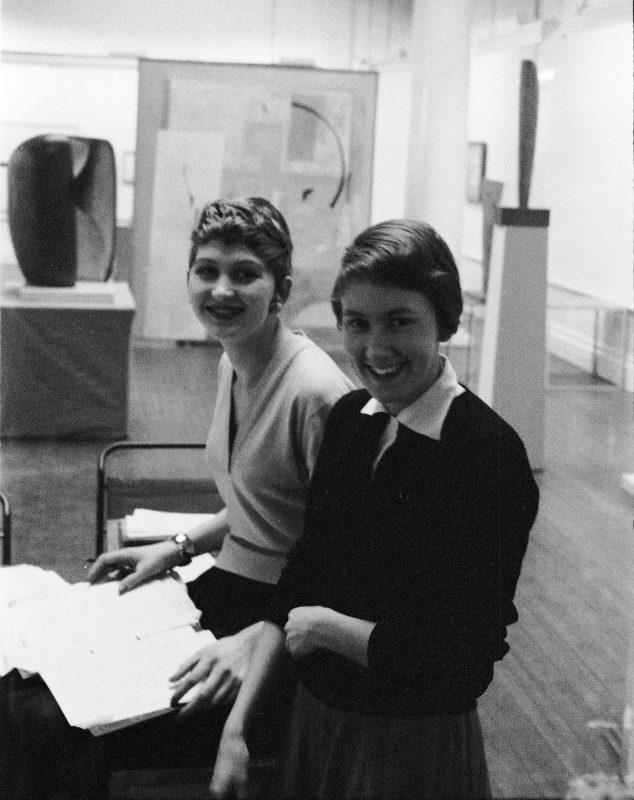1956
This long decade marks the tenure of Lawrence Gowing as Professor of Fine Art and the establishment of new and vigourous programmes of exhibtions, acquisitions and teaching.
By 1954 Victor Pasmore and Richard Hamilton were established as members of staff, joining longer-serving staff such as Leonard Evetts, Murray McCheyne, Louisa Hodgson and art historian Ralph Holland.
Exhibitions
-
A Small Anthology of Modern Stained Glass
14 January - 4 February 1956A Small Anthology of Modern Stained Glass
-
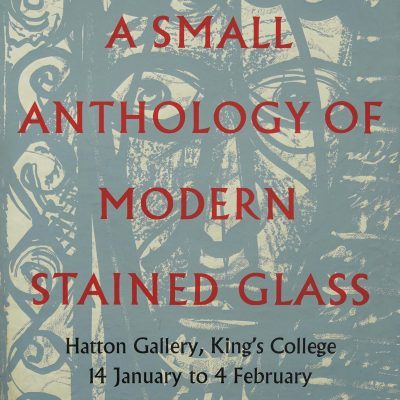
Poster for A Small Anthology of Modern Stained Glass
-
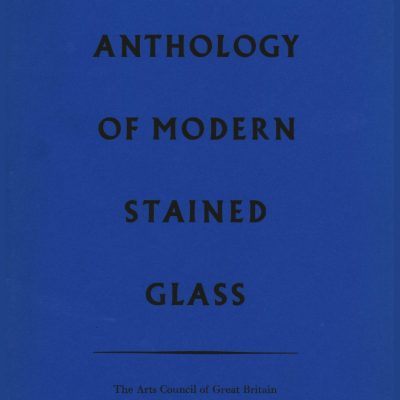
Exhibition catalogue cover
-
-
An Exhibition of Contemporary Painting – Arts Council Collection part 1
8-25 February 1956
-
Keith Vaughan
1 - 24 March 1956Keith Vaughan
-
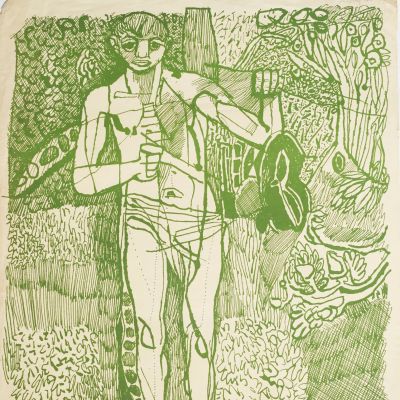
Poster for Keith Vaughan exhibition
-
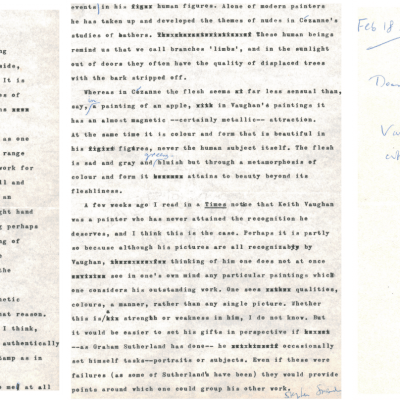
Stephen Spender's foreword
-
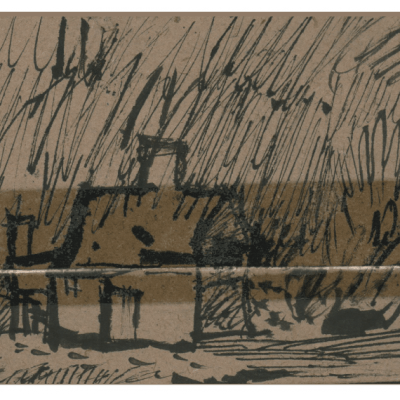
Keith Vaughan's various cottage sketches
-
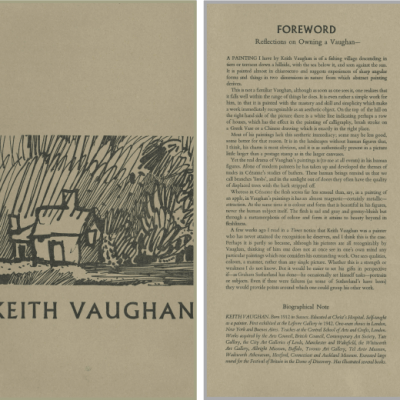
Keith Vaughan fold out catalogue
-
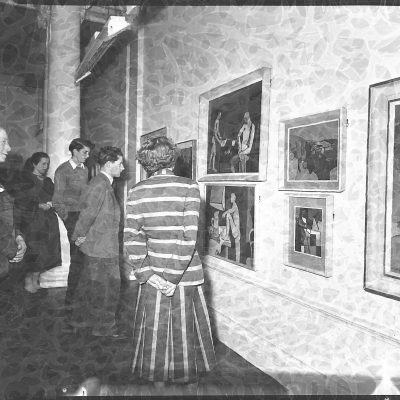
Photograph of the Private View
-
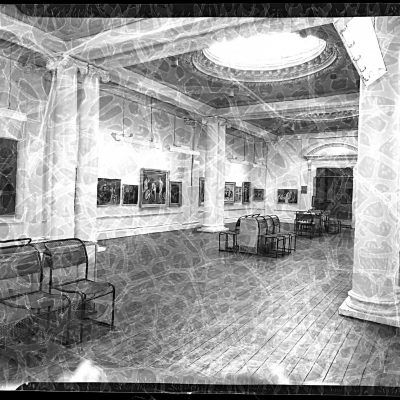
Installation view of the Keith Vaughan exhibition
-
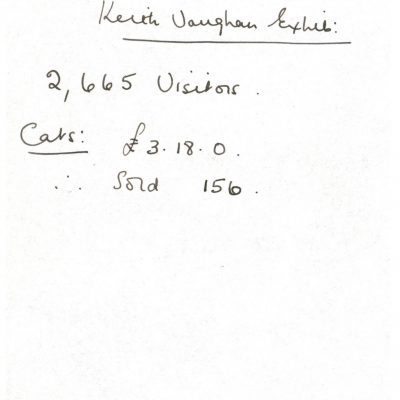
Internal file memo
-
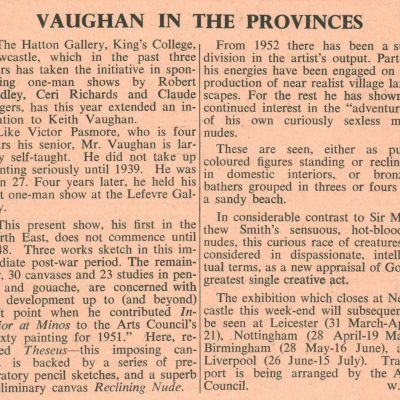
W.E. Johnson’s review of the Keith Vaughan exhibition
-
-
Classical Antiquities
May 1956Classical Antiquities
-
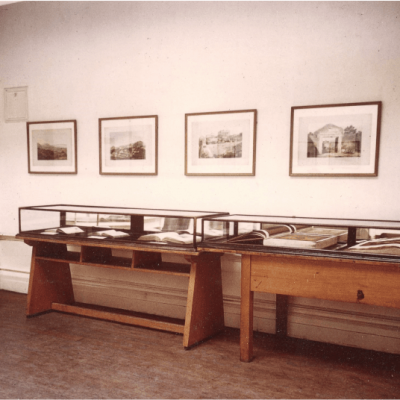
Classical Antiquities installation views
-
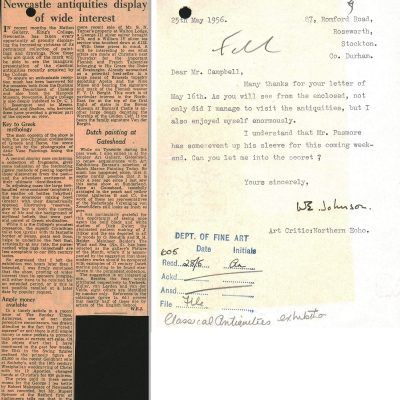
W.E. Johnson’s review of the Classical Antiquities exhibition
-
-
Abstracts. An exhibition of sculptures, paintings and constructions.
2 - 16 June 1956Abstracts. An exhibition of sculptures, paintings and constructions.
-
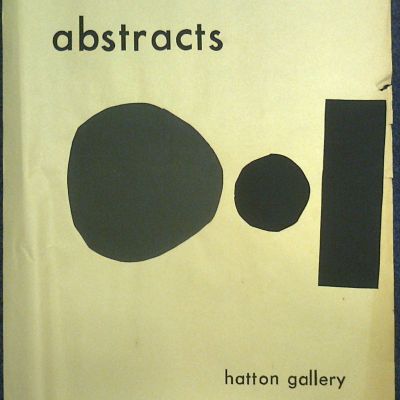
Abstracts poster
-
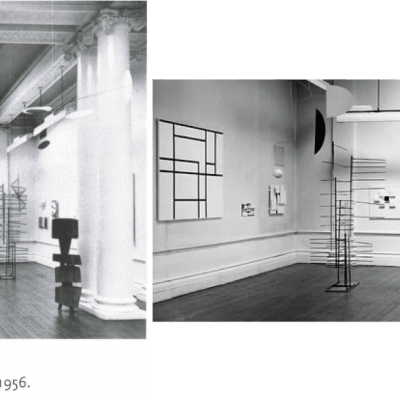
Installation views of Abstracts
-
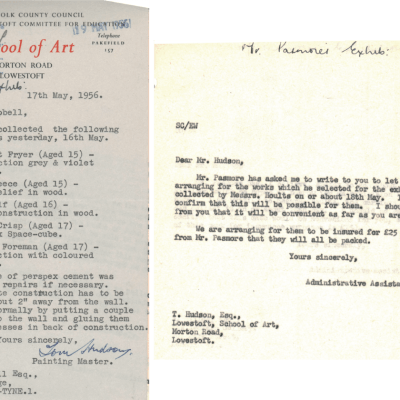
Exchange of letters between Scott Campbell and Tom Hudson
-
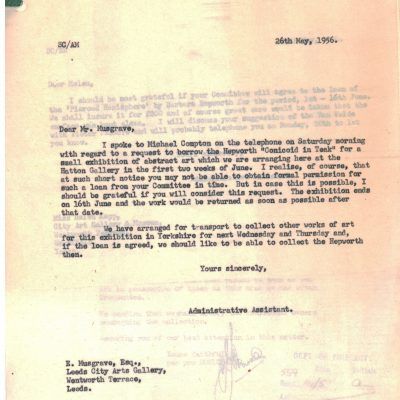
Letter requesting to borrow Barbara Hepworth’s ‘Conicoid in Teak Wood’
-
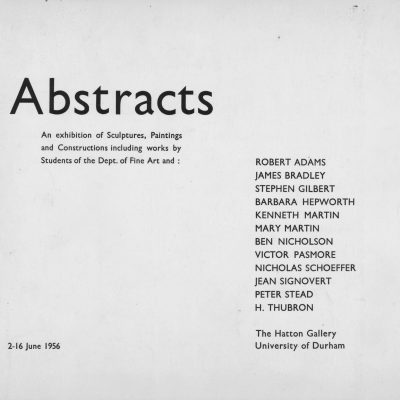
Cover of the Abstracts catalogue
-
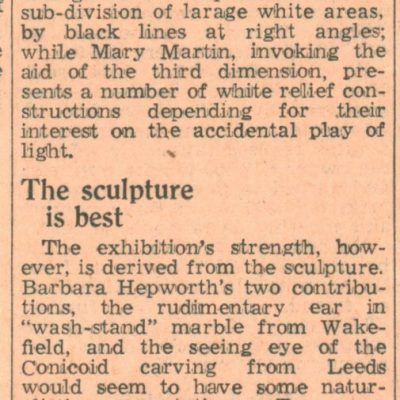
Review of the Abstracts exhibition
-
-
Summer Exhibition, Fine Art Students
24 June - 4 July 1956
-
Thomas H. Hair. Sketches of Coal Mines in Northumberland and Durham
3 July - 21 July 1956Thomas H. Hair. Sketches of Coal Mines in Northumberland and Durham
-
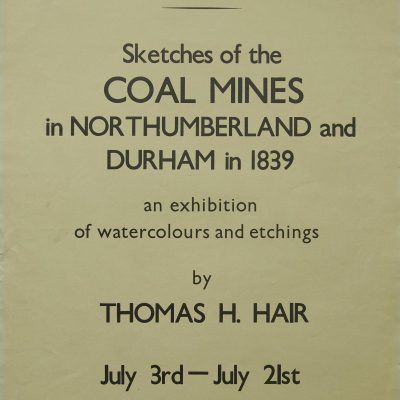
Poster for Thomas Hair exhibition
-
-
Six Young Painters
22 September - 13 October 1956Six Young Painters
-
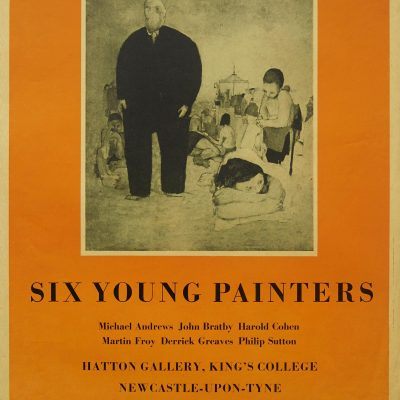
Poster for Six Young Painters exhibitions
-
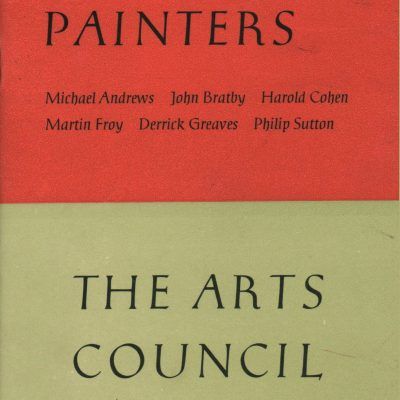
Cover of the Six Young Painters catalogue
-
-
American University Collections
3 - 24 November 1956American University Collections
-
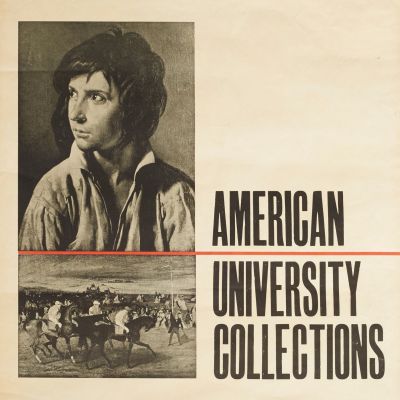
Poster for American University Collections
-
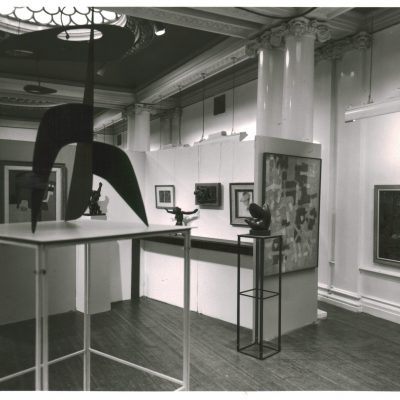
Installation view
-
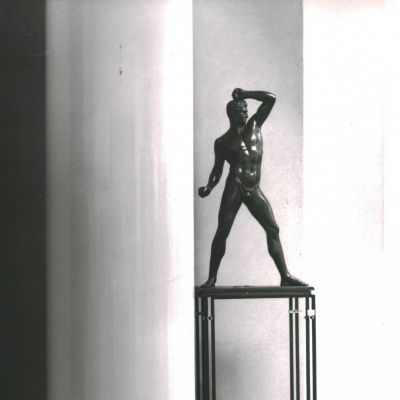
Antonio Canova’s bronze ‘The Athlete Kreugas’
-
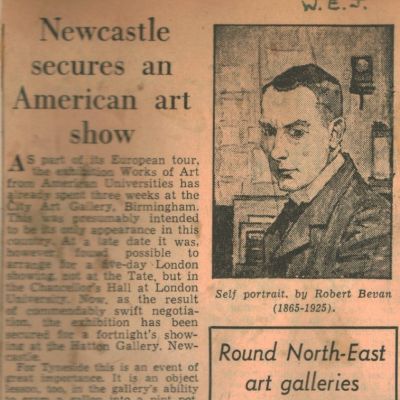
Press reviews of the American University Collections exhibition
-
-
Paintings and Drawings by Robert Bevan
3 - 24 November 1956Paintings and Drawings by Robert Bevan
-
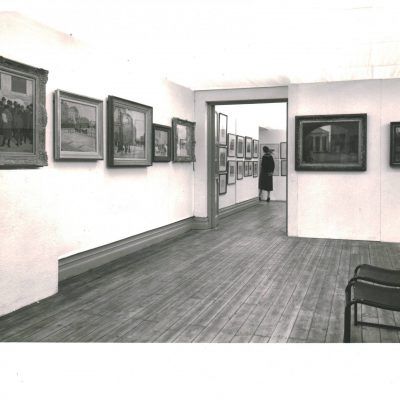
Installation view of the Robert Bevan exhibition
-
-
Proposed Duncan Grant exhibition
1956Proposed Duncan Grant exhibition
-
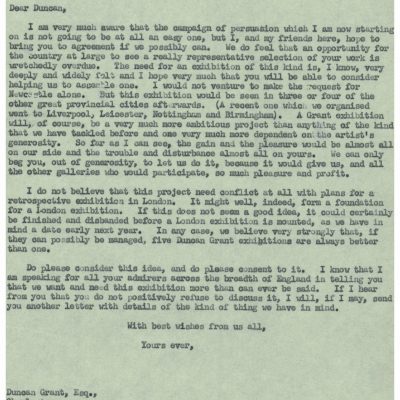
Gowing's letters to Duncan Grant
-
-
Barbara Hepworth and Ben Nicholson
30 November - 21 December 1956Barbara Hepworth and Ben Nicholson
-
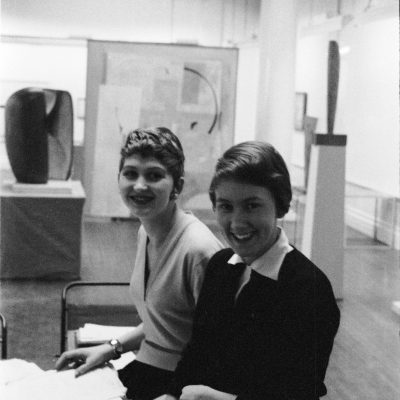
Installation view of the Hepworth and Nicholson exhibition
-
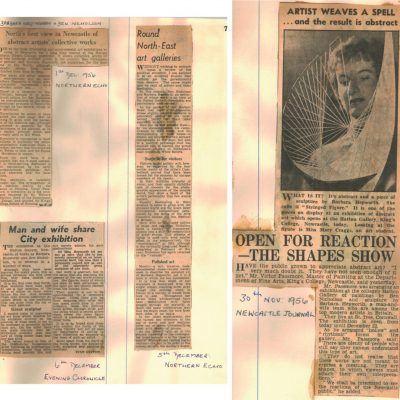
Press reviews
-
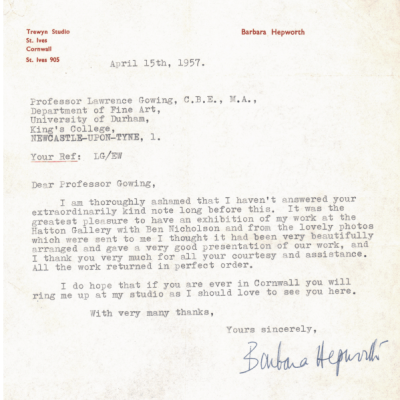
Letters from Hepworth and Nicholson
-
Staff / Students
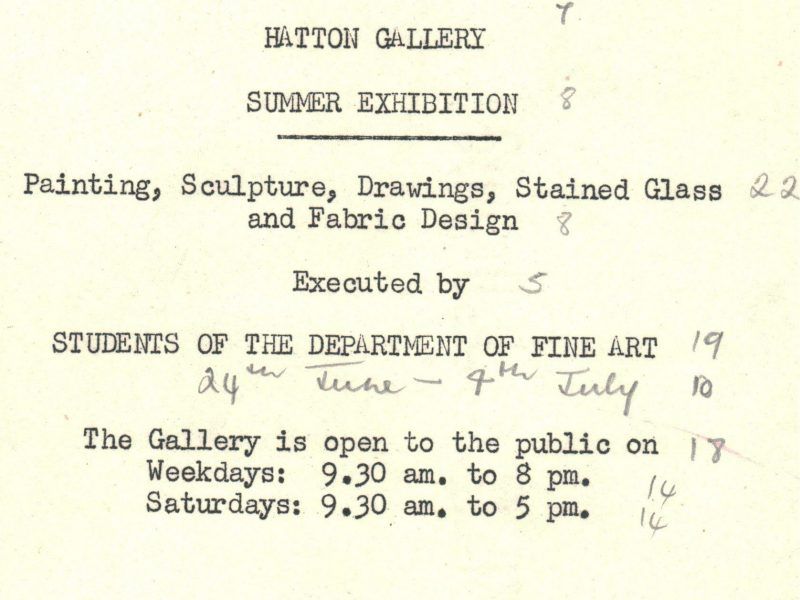
1956, Student Summer Exhibition, flyer
Annotated flyer / press release for the 1956 Summer Exhibition, the significance of the pencil figures appears to relate to the length of each line of text.
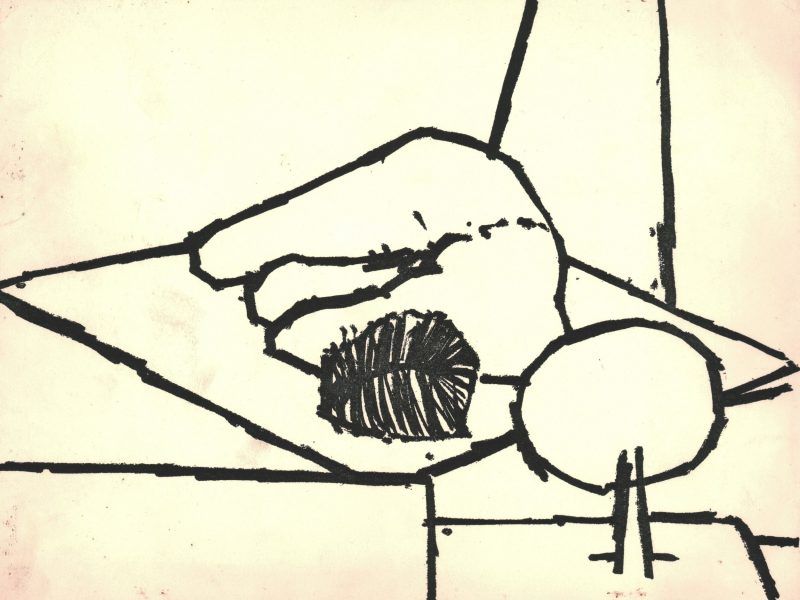
1956, Student Summer Exhibition, catalogue
Cover of the 1956 student Summer Exhibition catalogue, designed by Rosemary Saunders using the then new and exciting medium of felt-tip pen.
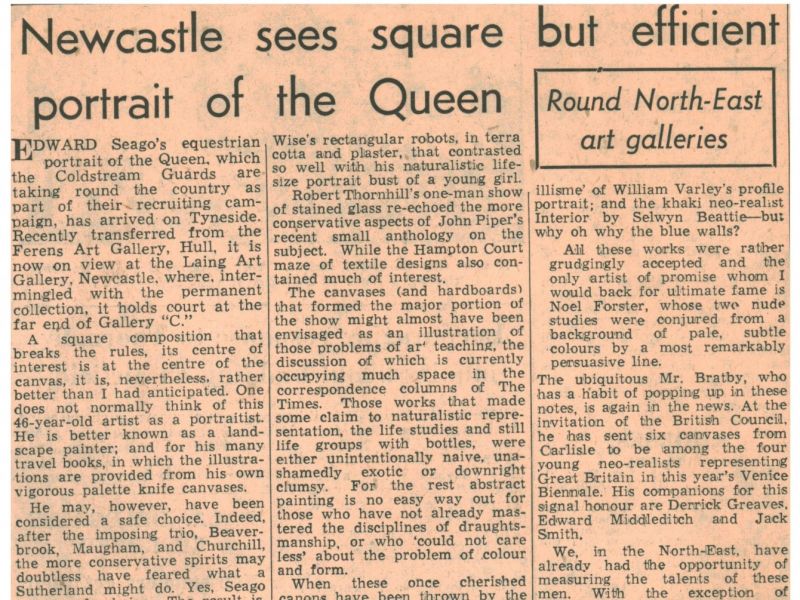
1956, Student Summer Exhibition, press cutting
Following the paragraphs on Edward Seago’s ‘square but efficient’ portrait of the Queen on show at the Laing Art Gallery, are W.E. Johnson’s thoughts on the 1956 student Summer Exhibition, where he finds himself at a loss at the quantity and quality of the many abstract paintings.
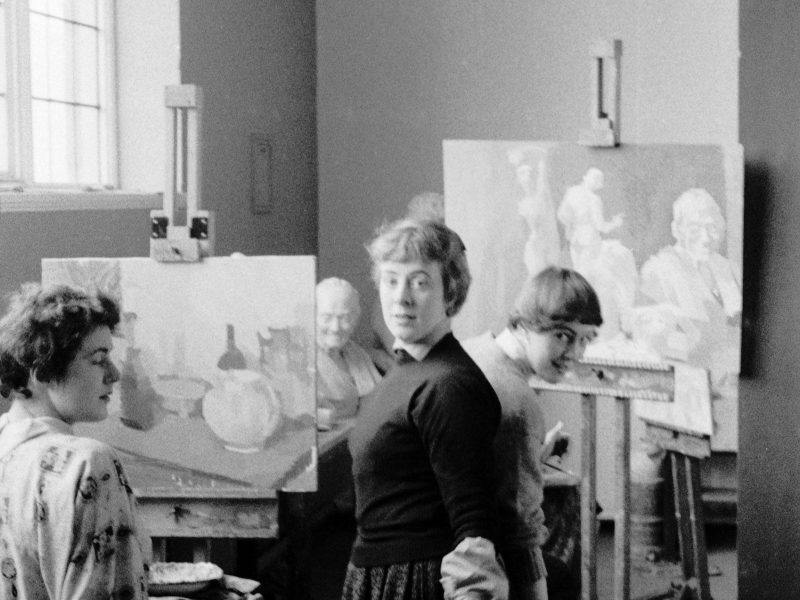
1956, studio photograph
This photograph from c.1956 shows that although Pasmore and Hamilton’s ‘basic course’ was underway and being taught to First Year students, more traditional painting from still life continued to be available and actively pursued.
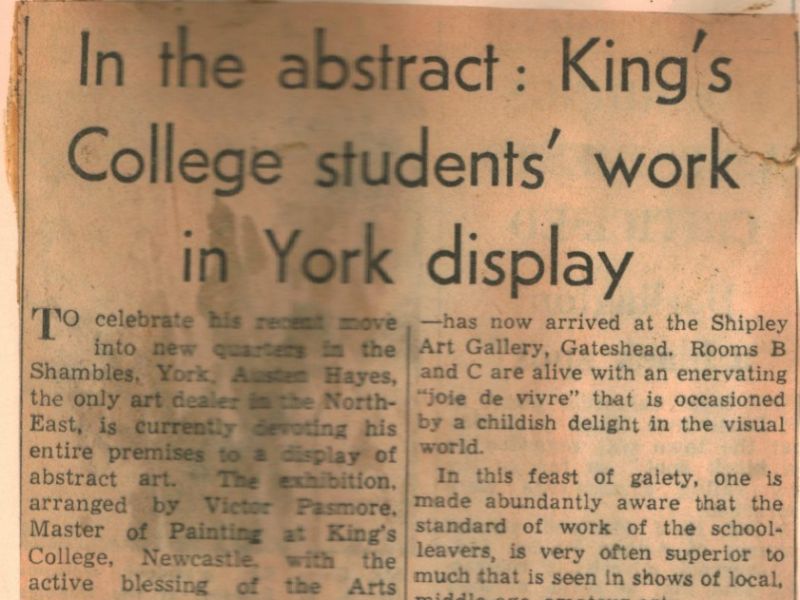
1956, Pasmore & students exhibition, press cutting
In November 1956 Pasmore arranged an exhibition of contemporary abstract artists in a commercial gallery (Austen Hayes) in York, opened by Herbert Read, it included Kenneth and Mary Martin, Terry Frost, as well as Pasmore himself and some of his current students. The exhibition was described here by W.E. Johnson as ‘a supreme vindication of the work of a number of the students of the Department of Fine Arts, Kings College, Newcastle.’
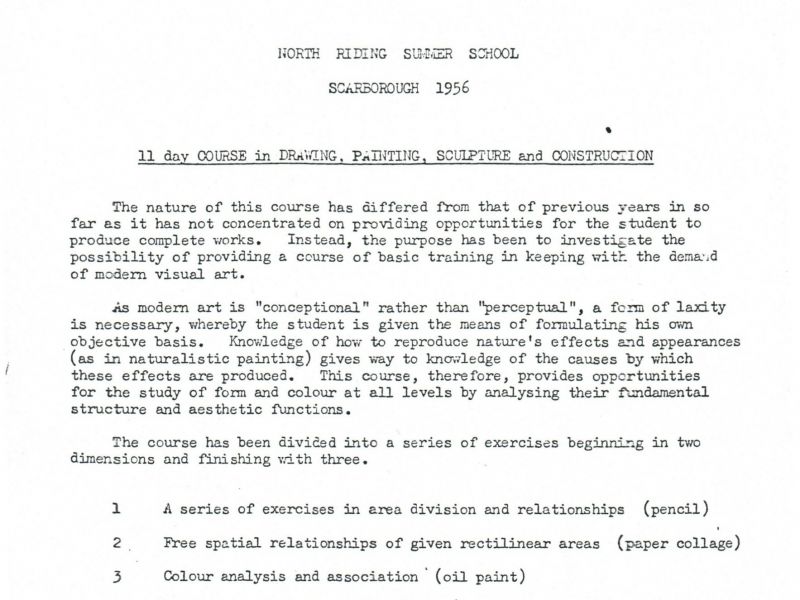
1956, Scarborough Summer School
The course outline and list of exercises for the 11-day 1956 Scarborough Summer School for teachers, where Wendy & Victor Pasmore, Harry Thubron and Tom Hudson discussed, honed and passed on their ideas for the development of a ‘basic course’ in art education. They explained that the course ‘provides opportunities for the study of form and colour at all levels by analysing their fundamental structure and aesthetic functions.’
Acquisitions
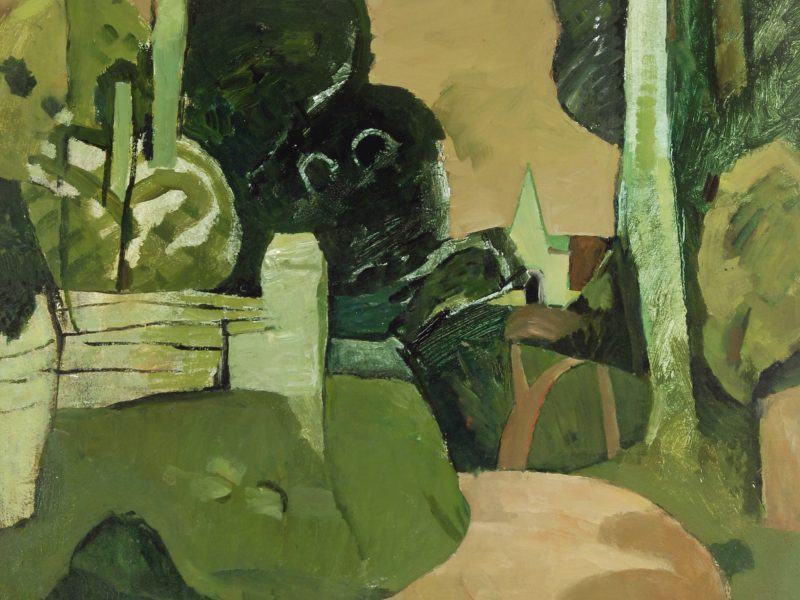
Landscape with Green Church, 1951
Keith Vaughan
Keith Vaughan (1912-1977) - 'Landscape with Green Church' 1951.
NEWHG : OP.0056. Oil on canvas purchased from the Keith Vaughan exhibition, 1956
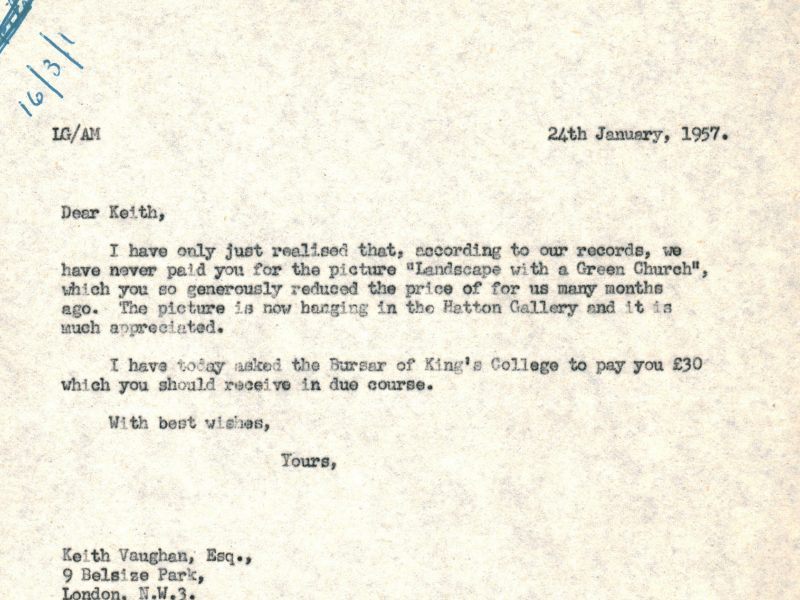
A letter to Keith Vaughan, 1956
Lawrence Gowing
The Hatton’s Keith Vaughan exhibition had taken place earlier in 1956, as Gowing’s apologetic letter confirms, after offering a discount on the price, the College then failed to pay him for several months.
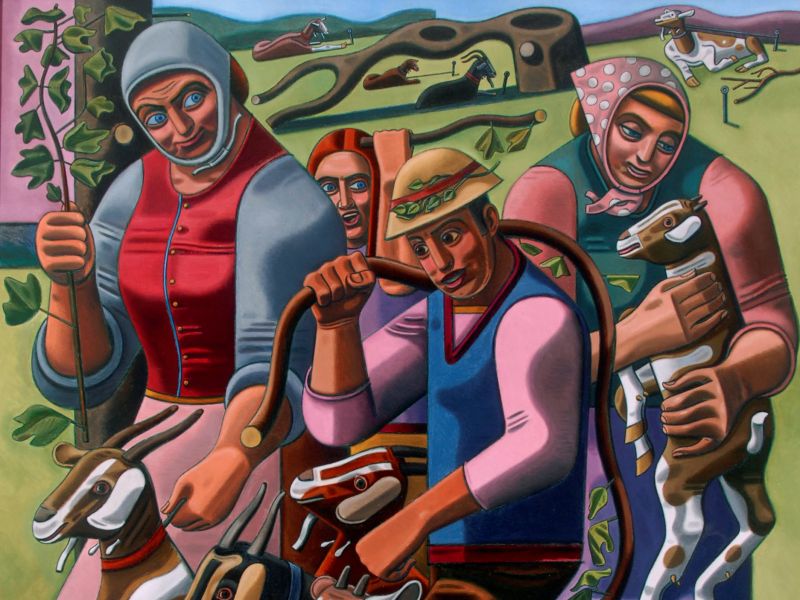
The Goats, 1952
William Roberts
William Roberts (1895-1980) - 'The Goats' 1952.
NEWHG : OP.0062. Oil on canvas presented by the Contemporary Art Society, 1956.
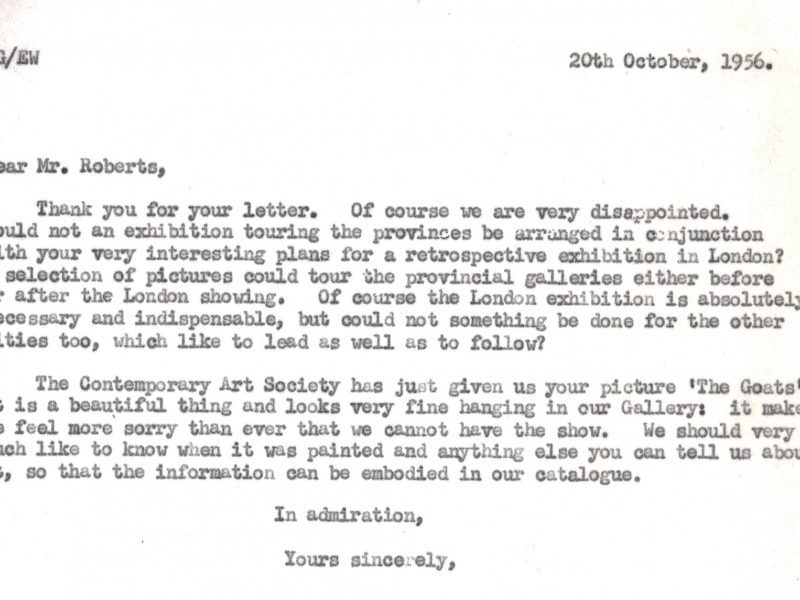
A letter to William Roberts, 1956
Lawrence Gowing
Roberts was apparently encouraged to paint ‘The Goats’ at the suggestion of Wilfred Evill, who was not only a Roberts collector, but also a buyer for the Contemporary Art Society between 1946-56. Simultaneous with the acquisition Gowing was also trying to persuade Roberts to exhibit in the Hatton, unfortunately due to other commitments he declined. The Hatton held a major William Roberts exhibition in 2004.
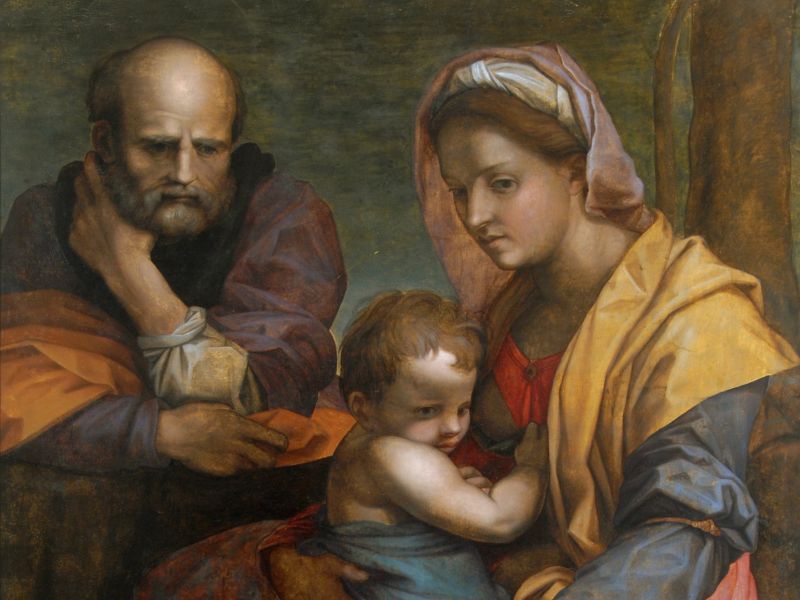
The Holy Family, 1520
Andrea del Sarto
After Andrea del Sarto (1486-1530) – ‘The Holy Family’ c.1520-1530.
c.1520-1530. NEWHG : OP.0103. Oil on panel purchased at Sotheby’s, 1956.
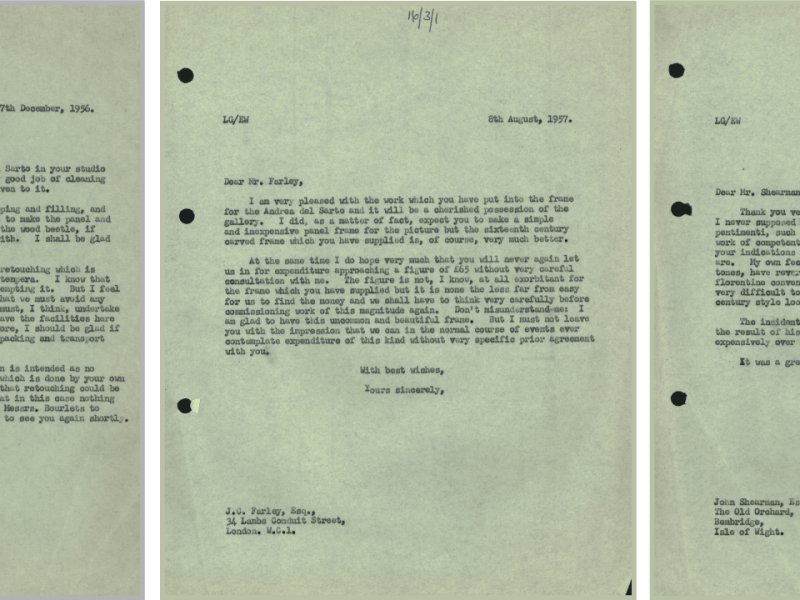
Letters from Gowing, 1956
Lawrence Gowing
Following the purchase of the ‘The Holy Family’ Gowing engaged in a range of correspondence, which show how personally, if occasionally haphazardly, he was involved in acquisitions. The commissioning of a new frame proved ‘grossly expensive’ and the question of the use of oil or tempera in the extensive restoration required detailed correspondence.
